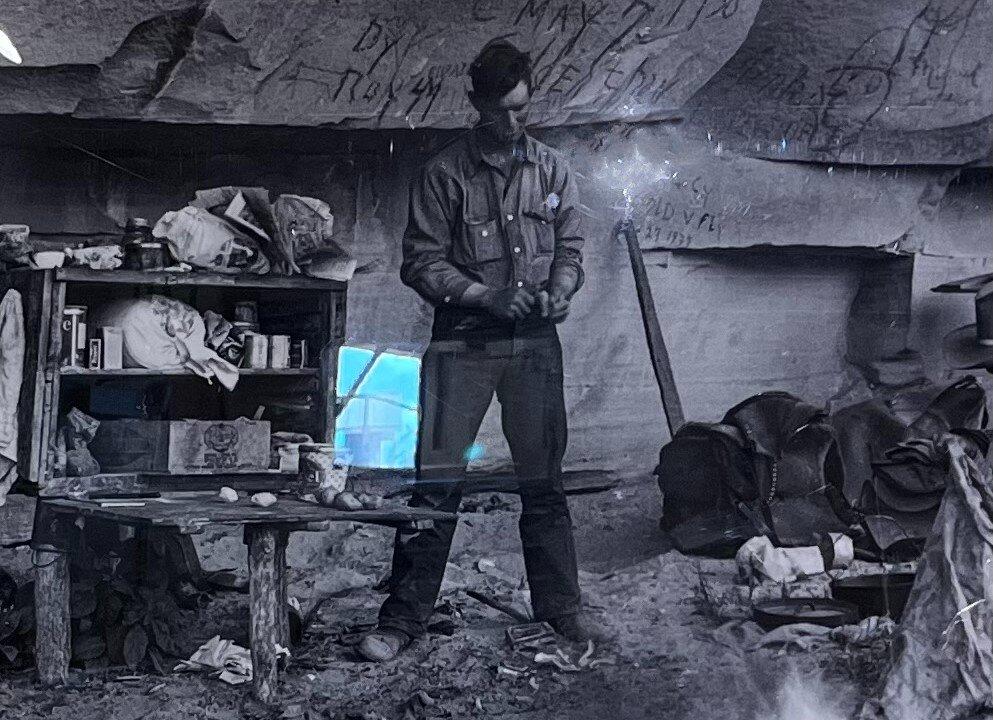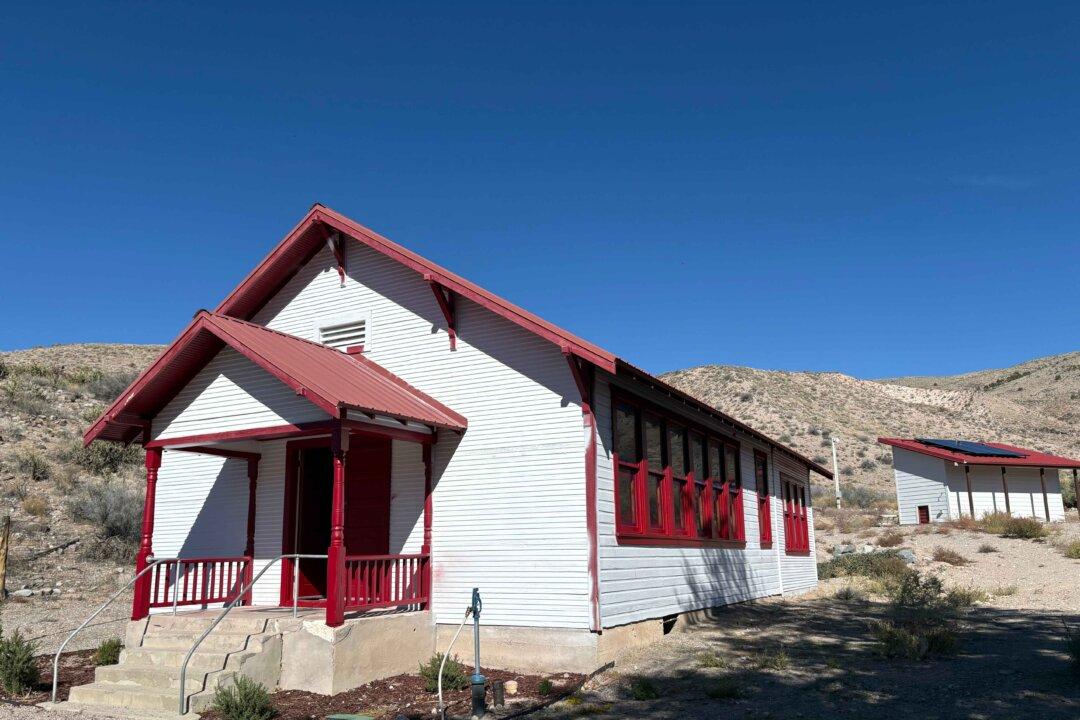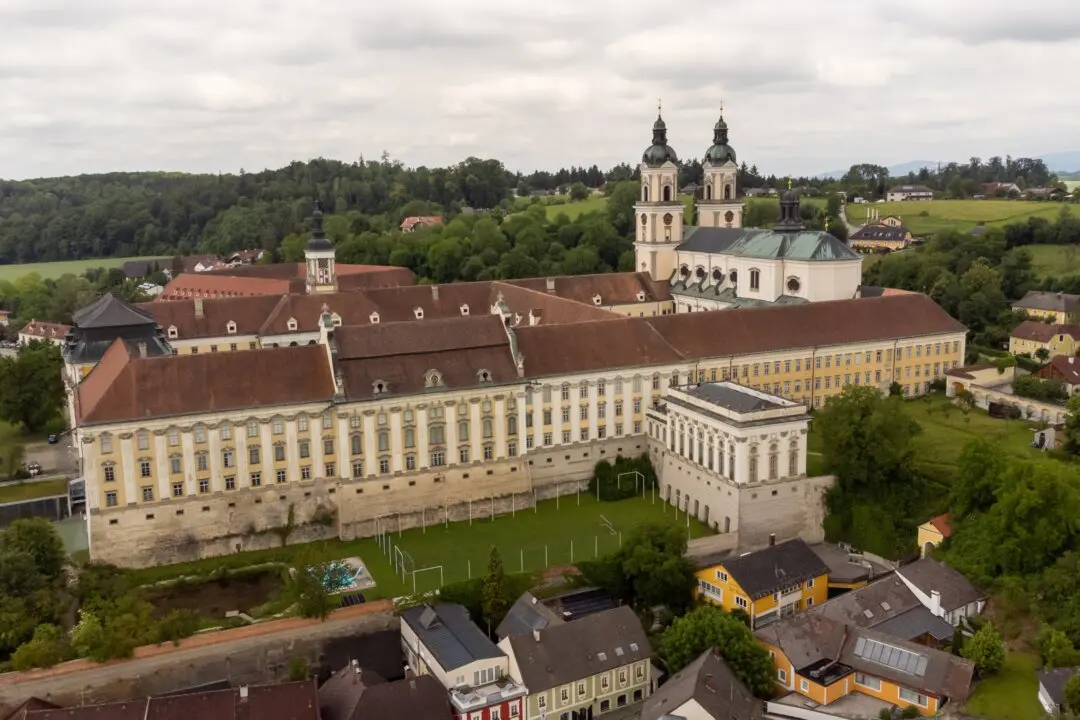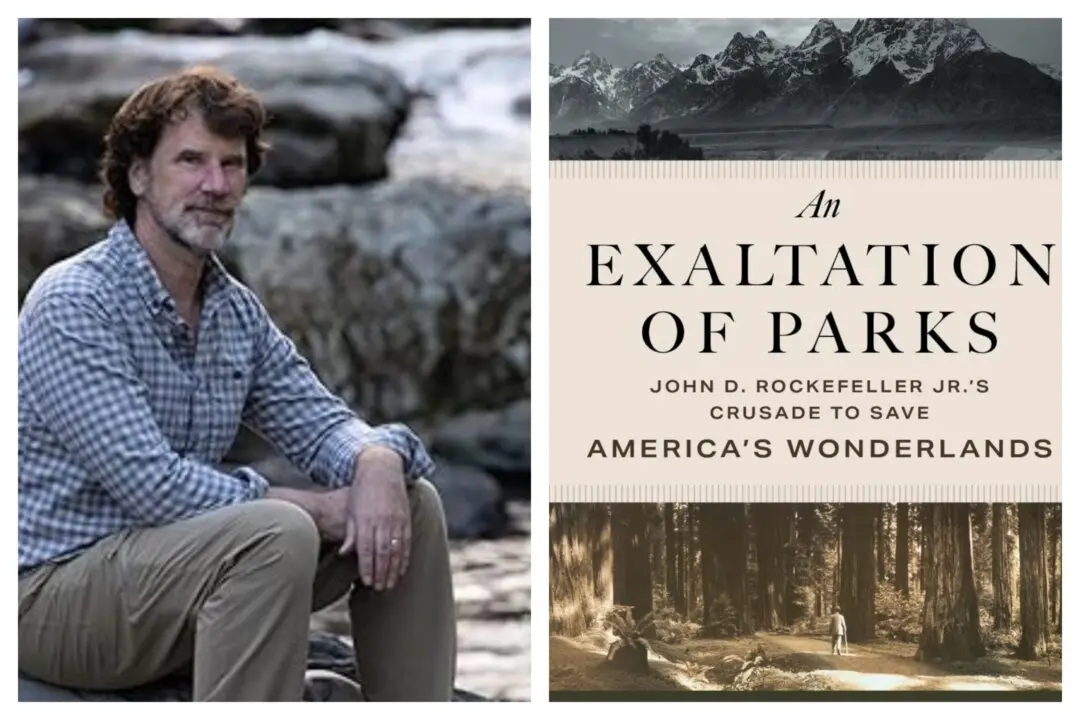While little has changed in the vast wilderness canyonlands of Utah, except for rocks that have tumbled off towering buttes and plateaus, raising cattle in the area has evolved over the last 100-plus years. The area around Moab, Utah, as well as inside Arches and Canyonland National Parks, were once replete with cattle ranches large and small. In fact, remnants of those ranches remain in signage—Horse Thief Ranch Trailhead—and in structures, such as the Wolf Ranch log cabin, fencing, and root cellar preserved on the Delicate Arch trail at Arches.
During the winter months, cows still free-range thousands of acres between Arches and Canyonland (roughly 30 miles), and signs alert drivers that they must use caution, as cows and calves prefer the grasses growing roadside. In spring through summer, cattle are rounded up and loaded into large stock trailers and released into the nearby high elevations of the La Sal Mountains.





